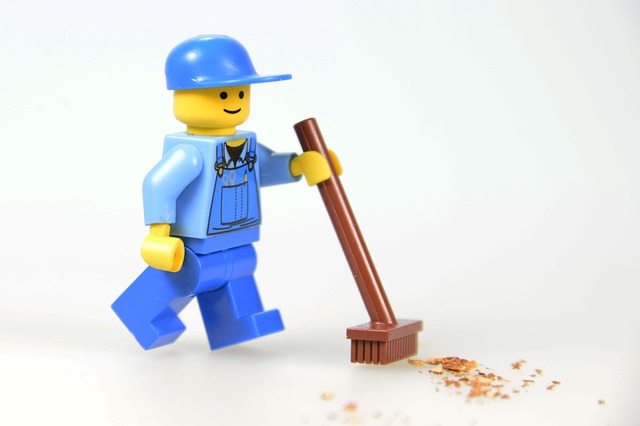Windows 10 Creators Update: Use Reset PC or Fresh Start Options for Troublesome Systems
If you feel like your system is having more than its share of weird issues then these two tools can help you start over very quickly.

If you recently upgraded to the Windows 10 Creators Update after its early or official release then hopefully your upgrade experience has gone well.
However, in the world of computers things can sometimes go wrong or just don't click right after an upgrade. While Microsoft has done very well to minimize issues in these major feature updates as you upgrade from a previous version of Windows 10, there are so many hardware configurations out there and different levels of system maintenance that sometimes things just do not work correctly.
It is in those situations when you realize a clean install might be necessary just to reset everything back to square one and start all over. In the days before Windows 10 and its predecessor Windows 8/8.1 that meant finding and/or creating installation media that could be used to perform that clean install.
In the Windows 8/8.1 period, a feature was added to the operating system called Reset and Refresh. The choice was simple. Reset meant your device was returned to a pristine installation of Windows 8/8.1 with none of your files, settings, or apps remaining on the device. The experience after the reset would be just like powering up your device for the first time. On the other hand Refresh would keep your files and Windows Store apps installed but system settings and desktop software would be removed. This options was great for a quick fix due to corrupted settings or something like that.
In the Windows 10 Creators Update those two options are now called Reset this PC and Fresh Start but they have now reversed roles in a couple of ways.
Reset this PC
To access this setting just go to Windows Settings>Update & security>Recovery and then select Get started.
You will then be presented with two options:
Option 1 - Keep my files. Apps and Settings are removed but your personal files are retained and available in the reset system.
Option 2 - Remove everything. files, apps, and settings are removed. This results in a completely pristine state just like the day you started it up for the first time out of the box.
Fresh start
The starting point for Fresh start is in a non-standard location - the Windows Defender Security Center app under Device performance and health tab. Although now that I am looking at that written down - it does make sense because this option is all about improving device performance and health.
To get started just select the Additional info link.
Here you will see the explanation of what Fresh start will do on your system. Your personal files and some settings are always retained in this option. Take note that apps you installed will be removed along with Office, third-party anti-virus software, and pre-installed desktop apps.
That last one is key about Fresh start because this includes OEM software that is pre-installed on many devices out of the box.
To begin the Fresh start process just select Next and follow the subsequent prompts.
Fresh start gives you a truly clean start because the latest version of Windows 10 is downloaded from Microsoft and not pulled from the standard restore partitions that many systems have these days for reinstalling the operating system.
I did notice one change in Fresh start from when I checked this out during the development cycle of the Creators Update.
In the above dialog box you will see that Windows Store apps that were pre-installed by the device manufacturer will be restored in this process just like the standard Windows 10 inbox apps.
Ultimately, that is still OK as those apps are easy to uninstall and you do not need to deal with all the desktop software that many OEMs install on their devices.
So if you are experiencing any unresolved issues on your Windows 10 device then these two feature options could help sort that out. I recommend you start with the Reset this PC option which will use your devices recovery media. If that does not help or you want a much cleaner install with a fresh copy of Windows 10 then Fresh start is the one to use.
----------
But, wait...there's probably more so be sure to follow me on Twitter and Google+.
About the Author
You May Also Like
.jpg?width=100&auto=webp&quality=80&disable=upscale)
.jpg?width=400&auto=webp&quality=80&disable=upscale)






.jpg?width=700&auto=webp&quality=80&disable=upscale)
